(ECNS) -- Changsha City in Central China’s Hunan Province ranks first in permanent population growth among 17 megacities with a population of more than 10 million people, in 2022, data released by these cities showed.
According to the Statistics Bureau of Changsha, the permanent population of the city increased by 181,300. At the end of 2021, its total permanent population was 10.24 million, and the figure reached 10.42 million by the end of 2022, an increase of 1.8.
On one hand, the transfer of industrial structure to the central and western regions of China has brought new employment opportunities, resulting in the reduction of the inter-provincial population flow as well as the population concentration in key cities, Feng Wenmeng, an expert from the Institute of Public Administration and Human Resources, Development Research Center of the State Council of China, explained.
On the other hand, the rapid economic growth of Changsha in recent years and low house prices are very attractive, said Feng.
Data shows that Changsha's economy grew by 4.5 percent in 2022, ranking first among 24 trillion-yuan GDP cities. According to the city’s development plan, by 2026, its permanent population will exceed 12 million, and the primacy of the economy will exceed 30 percent, which means that the economic strength and status of the city in this region will increase simultaneously.
In addition to Changsha, the permanent population growth of Hangzhou in Zhejiang Province and Xi'an in Shaanxi Province also exceeded 100,000 in 2022.
According to the population data of Hangzhou, by the end of 2022, its permanent population was 12.376 million, an increase of 172,000 compared with 12.204 million at the end of 2021. And Xi’an has seen a permanent population growth of 122,900 at the end of 2022.
Feng said the economy of Zhejiang and its friendly household registration policies have gathered more permanent population. As for Xi’an, an important city in the western region of China, it has a strong industrial base as well as profound cultural heritage, making it increasingly attractive to people from other cities in western China.











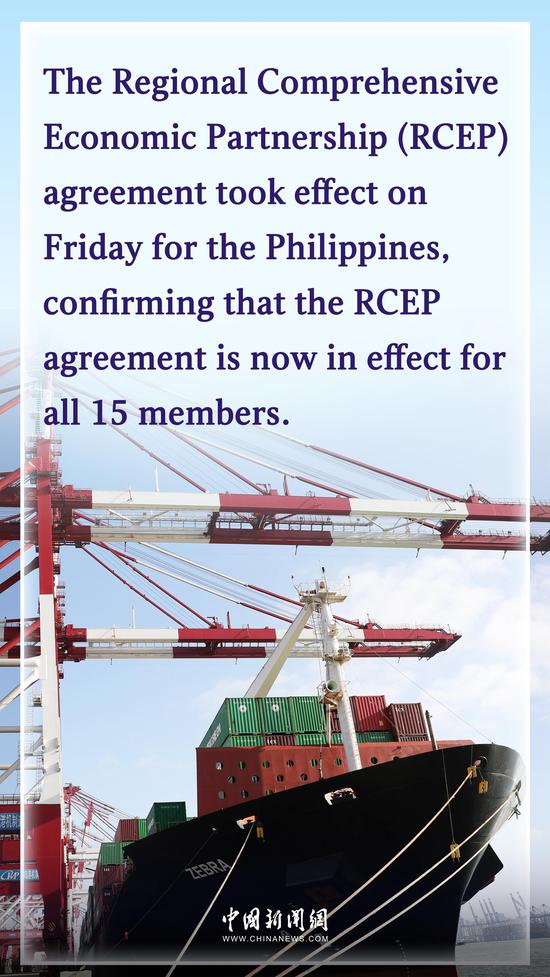





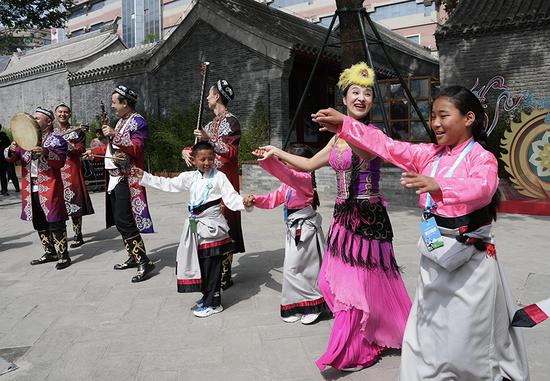
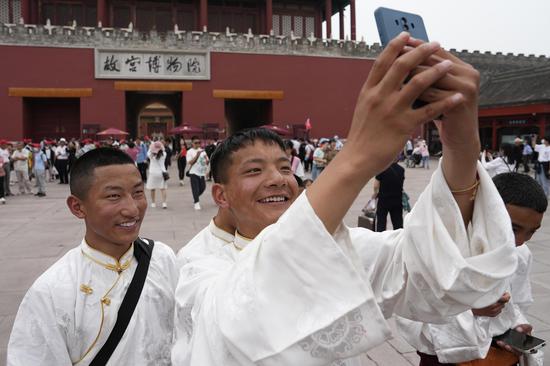


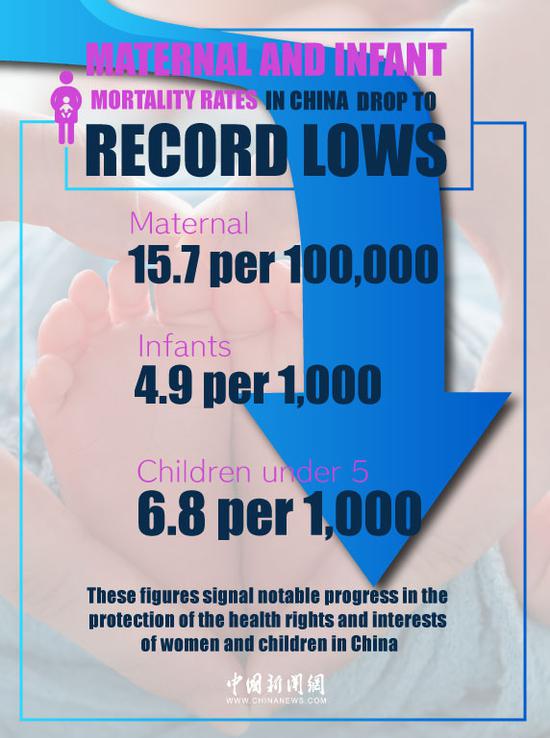

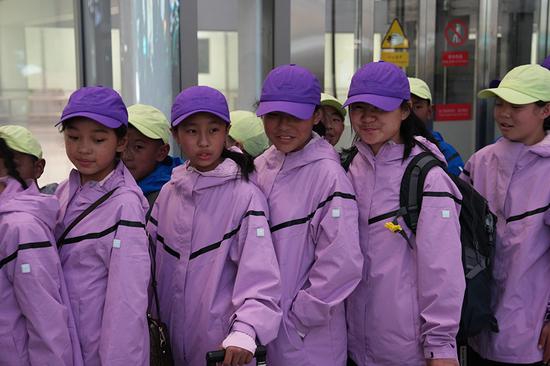












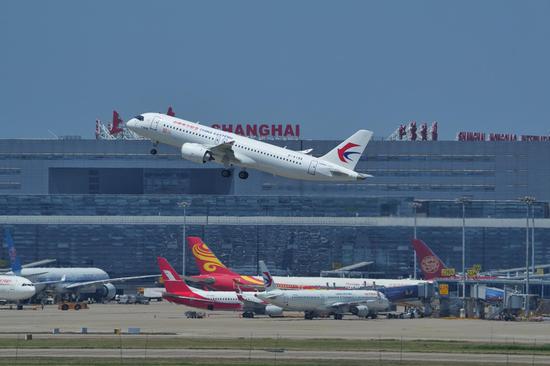


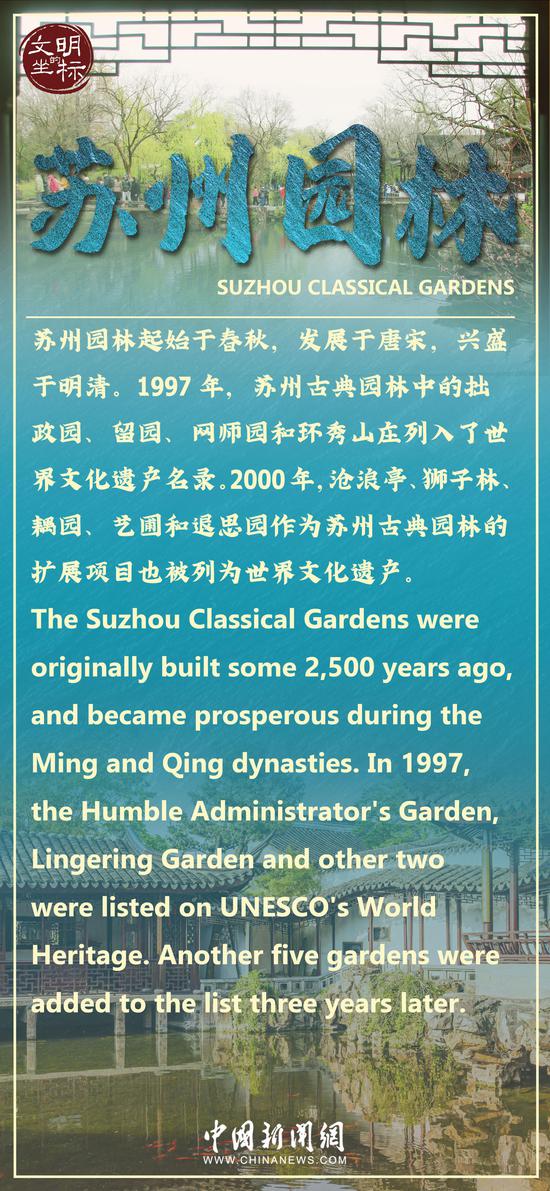
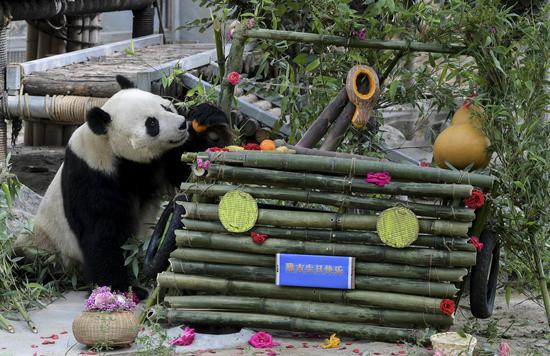









 京公网安备 11010202009201号
京公网安备 11010202009201号